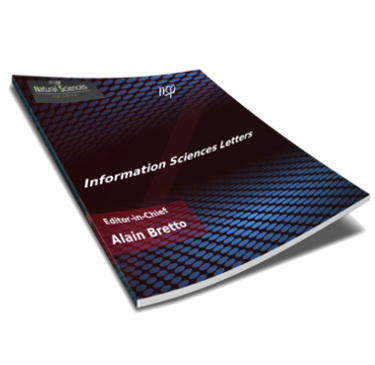
Information Sciences Letters
Abstract
The method of identification of the Holy Quran reciter, which is entered on the various features of the acoustic wave, is referred to as the Holy Quran Reciter Identification. The Muslim communitys Holy Book is the Holy Quran. Listening to or reading the Holy Quran is one of the obligatory activities for Muslims. This research proposes a machine learning model for identifying the Holy Quran reciter using a machine learning language. Here, the presented system comprises the essential phases for a voice recognition system encompassing the processes of classification, extraction of features, preprocessing, and data acquisition. Moreover, the voices of ten known reciters are framed as a dataset in this research. The reciters are leaders of prayers in the Holy masjids of Madinah and Makkah. The analysis of the audio dataset is performed using the mel frequency cepstral coefficients (MFCC). The artificial neural network (ANN) and the k-nearest neighbor (KNN) classifiers are employed for classification. The pitch is utilized as features employed to train the KNN and ANN classifiers. The proposed system is validated using two chapters chosen from the Holy Quran. The results revealed an excellent level of accuracy. With the help of the ANN classifier, the proposed system offered 98.5% accuracy for chapter 7 and 97.2% accuracy for chapter 32. On the other hand, while utilizing KNN, the accuracy for chapter 7 is 97.02% and for chapter 32 is 96.07%. Then, the system’s performance is compared with the utilization of support vector machines (SVM) in recognition of Quranic voice reciter. The comparison results revealed that ANN is a better machine learning algorithm for voice recognition when compared to SVM.
Recommended Citation
Mohammed Al Anazi, Meshal and R. Shahin, Osama
(2022)
"A Machine Learning Model for the Identification of the Holy Quran Reciter Utilizing K-Nearest Neighbor and Artificial Neural Networks,"
Information Sciences Letters: Vol. 11
:
Iss.
4
, PP -.
Available at:
https://digitalcommons.aaru.edu.jo/isl/vol11/iss4/10

